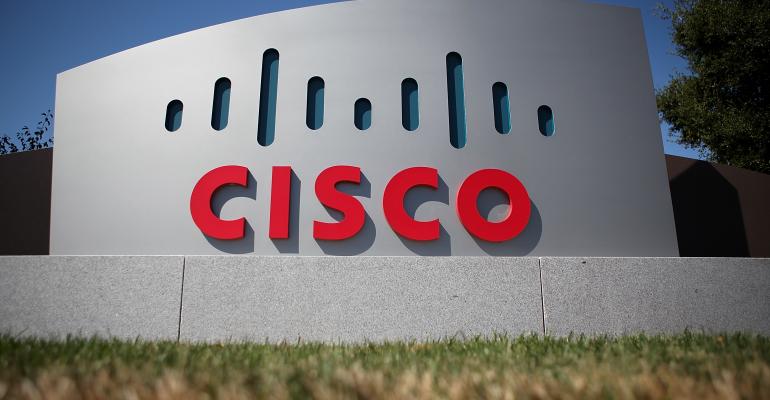Are you ready for data center management software as a service? That's the gist of what Cisco has in mind with Intersight, which was unveiled today. The company is calling the product a "management cloud for Cisco Unified Computing System (UCS) and HyperFlex." Basically, its management software for Cisco-powered data centers sold as a cloud subscription service.
Cisco's server sales growth has slowed recently, partly because private data center budgets have grown tight, as cloud budgets have increased. Intersight seems to be an attempt to make both UCS and HyperFlex, the company's hyper-converged infrastructure offering, more attractive in this tight environment by making its data center gear easier and cheaper to manage.
"In a nutshell, this is a management cloud platform that our customers can use to manage their Unified Computing System and HyperFlex," Todd Brannon, Cisco's director of product marketing, told Data Center Knowledge. "This is part of something we're calling Project Starship, a multi-year program we started about 18 months ago. We've got a road map that goes out two or three years, as we take our current management system software and migrate it, and our customers, to a cloud type of environment."
With Intersight, it will no longer be necessary to install, monitor, and control Cisco's data center software separately. Instead, a cloud-based dashboard will offer a single pane of glass for monitoring and managing all technical aspects of data center operations. The software will be delivered as an integrated SaaS package.
This approach will give Cisco more direct access to its customers' on-premises machines and help address major challenges facing data center operators, starting with increased complexity, he said. With the advent of virtualization, containers, microservices, and the like, operating a data center is no longer as simple as merely installing an operating system and some out-of-the-box software to be good to go, especially as demand increases for computing at the edge.

"All this conspires to make life very complex for IT," he said. "As we talk to our customers (and a lot of industry analysts are noting this as well), this is sort of a perfect storm, and it's really starting to push the limits of human capability to manage all this complexity. As long as you still have people at the center of the equation, you're going to have some natural limitations there. We really see this as sort of a watershed moment in IT, where we've got to get the machines involved to help manage the machines."
Part of the way Cisco will do this is by adding AI and machine learning to the mix. Intersight will constantly analyze data it collects from all customers using the service to learn how to diagnose and automatically correct problems that might normally require time-consuming and costly manual attention. Eventually the system will be able to warn customers when they have a configuration that proved to be problematic for other customers.
Current users of UCS and HyperFlex making the move to the platform will also find improvements built into the interface. For starters, USC's role-based access has been expanded to include role-based authorization for DevOps teams. Ease of use has also been improved.
"We have a whole new generation of IT professionals who have grown up with a smart phone in their hand, and they expect a much more intuitive, application-type experience," Brannon said. "They expect things to be personalized easily and accessible on their mobile devices, so we're really rearchitecting the systems management experience for those new expectations."
Support issues will also be easier. Operators will no longer need to access logs or find other information needed by Cisco's help desk, as the company will be able to access the data itself through the platform. Tight security is also in place, with industry-standard security protocols, encryption of all data, and best security practices across the board.
Cisco is aware that its having access to the inner workings of a customer's data center -- as well as the cloud nature of the project -- might be a deal breaker for some. "We do know that some customers are going to be sensitive to the idea of using the cloud to manage their infrastructure. We'll continue to offer our on-prem software for customers that want to be completely secure and cut off from the cloud-based type of model indefinitely."
There are four stages planned for Intersight's development. Intersight Base became available August 1 as a "tech preview," free for current Cisco UCS and HyperFlex customers. Base be followed in November by a commercially available ready-for-prime-time version called Essentials, with a few added features. Down the road, Standard and Advantage will be released, with new features added in each. According to the company's literature, existing software subscription holders will be able to move to the platform for the remainder of their subscription period. Perpetual license customers get a no-cost upgrade "for a to-be-determined period."
Again, Intersight is basically a repositioning of Cisco's data center software to a SaaS-based model, where "we can rapidly introduce new features ... and our customers don't have to do anything to adopt them, because they don't have to upgrade to the latest version. It just appears there, like Salesforce or Gmail."
There are advantages, to be certain. The question is, will the enterprise buy it?





